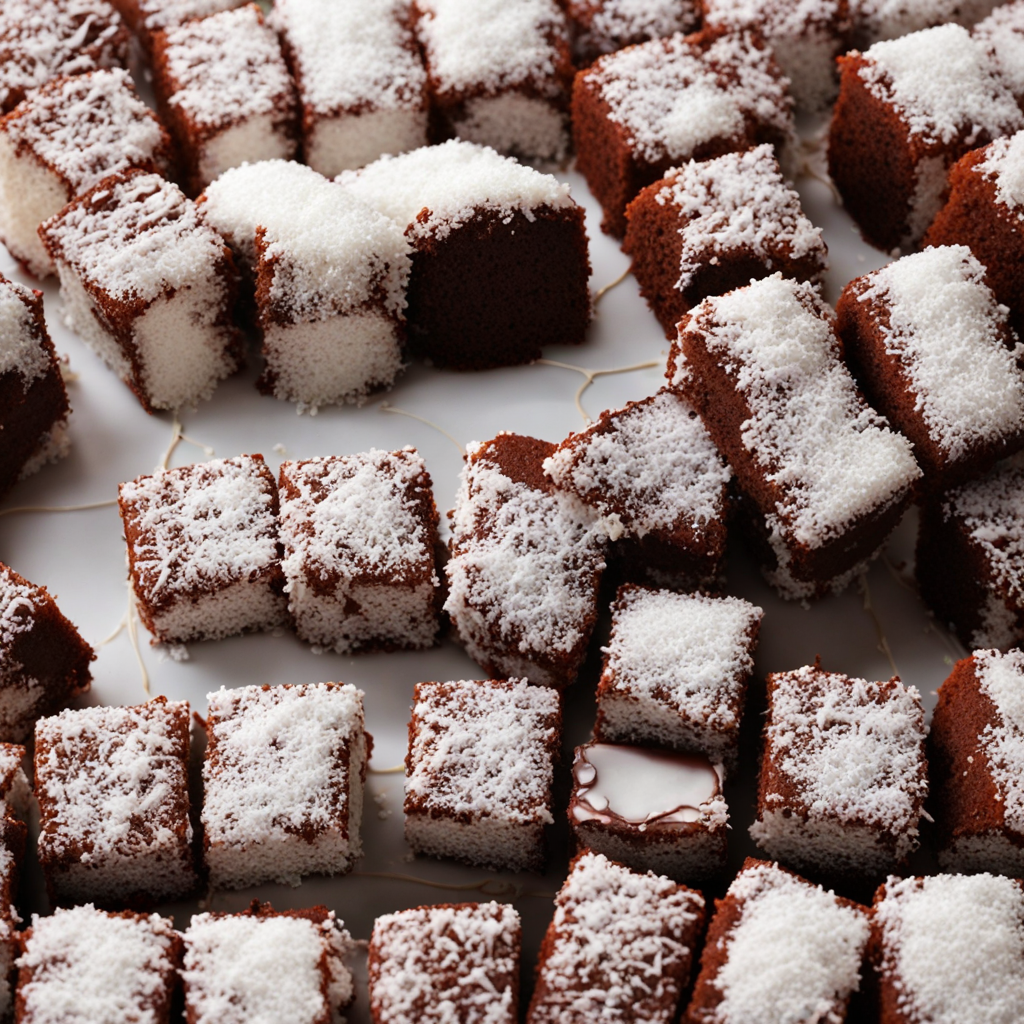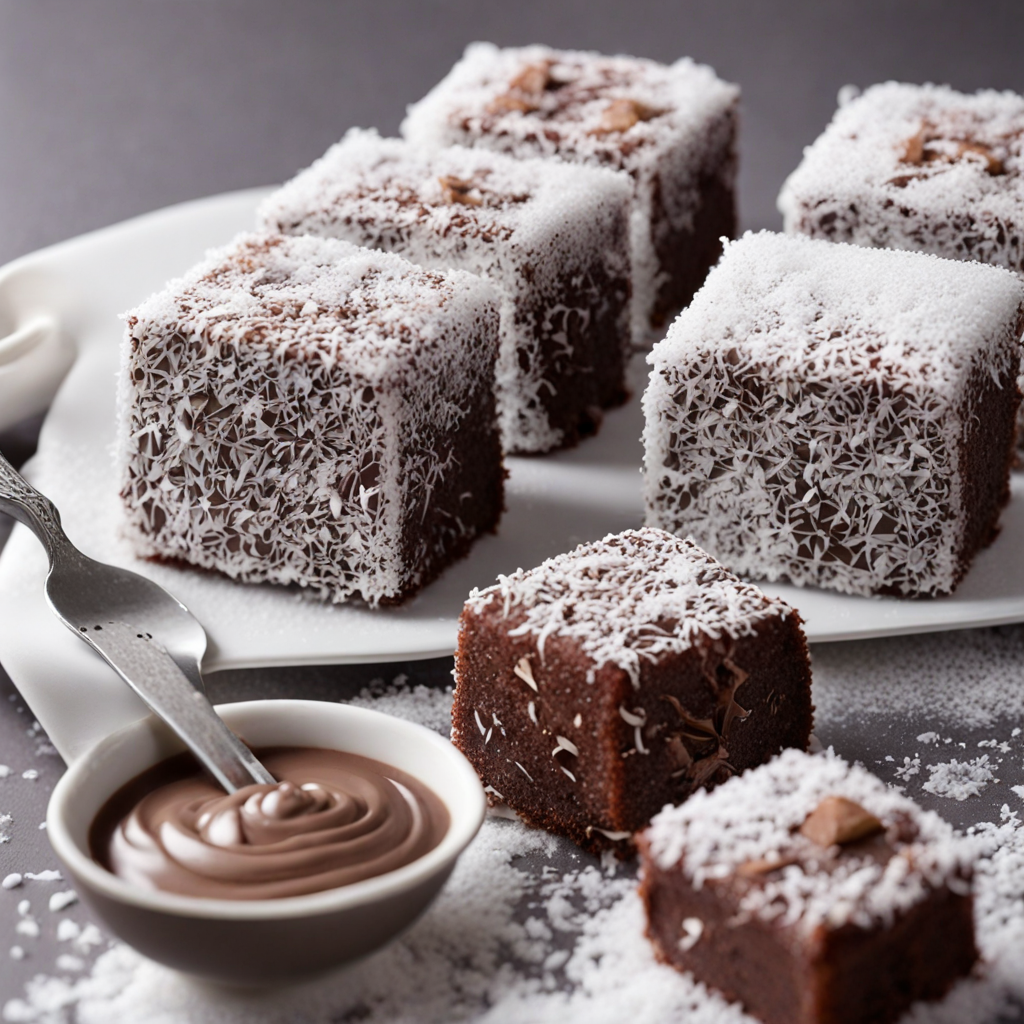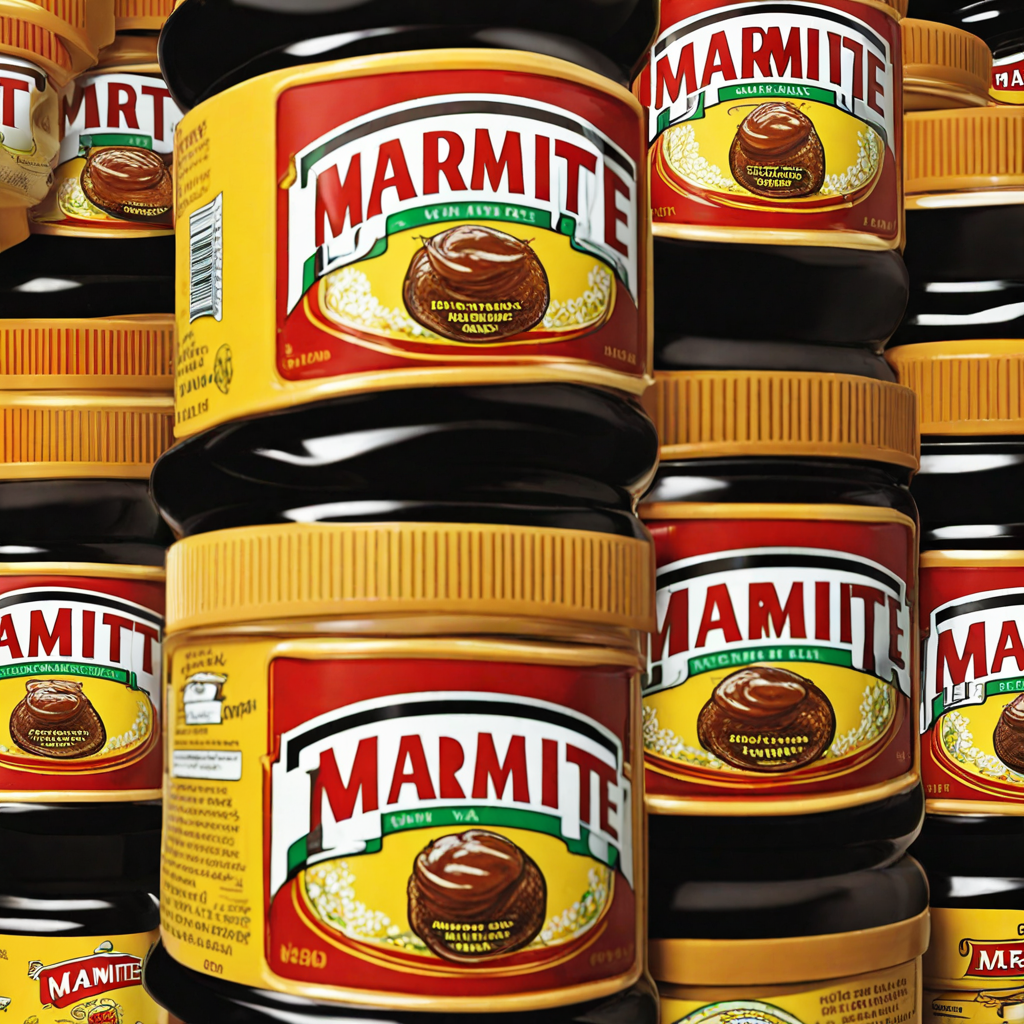Lamingtons
Lamingtons are a quintessential treat in New Zealand, often enjoyed during afternoon tea or special celebrations. This delightful dessert consists of sponge cake squares that are coated in a layer of chocolate icing and rolled in desiccated coconut, creating a distinctive texture and flavor profile. Lamingtons embody a unique blend of simplicity and indulgence, making them a beloved choice among locals and visitors alike. The history of lamingtons is somewhat debated, with claims of their origin rooted in both Australia and New Zealand. It is widely believed that they were named after Lord Lamington, the Governor of Queensland in the early 1900s. According to one popular story, a kitchen mishap led to the creation of this cake when leftover sponge cake was dipped in chocolate and rolled in coconut to prevent wastage. While the exact timeline is unclear, lamingtons have become a staple in both Australian and New Zealand cuisine, often appearing in school fundraisers and community events. The preparation of lamingtons begins with a light and airy sponge cake, which is the foundation of the dessert. The cake is typically baked until golden and then allowed to cool completely. Once cooled, it is cut into square or rectangular pieces, each of which will be transformed into a delicious lamington. The key steps involve dipping each piece in a rich chocolate icing, made from cocoa powder, icing sugar, and milk or water, resulting in a glossy finish. After the cake is coated in chocolate, it is rolled in desiccated coconut
How It Became This Dish
The History of Lamingtons: A Sweet Slice of New Zealand's Culinary Heritage Origin and Early Beginnings Lamingtons are a beloved treat in New Zealand and Australia, characterized by squares of sponge cake dipped in chocolate and rolled in desiccated coconut. While their exact origins are often debated, the most widely accepted story attributes the creation of lamingtons to a chance occurrence involving Lord Lamington, the Governor of Queensland, Australia, in the late 19th century. However, New Zealand also lays claim to the delicious confection, intertwining its culinary narrative with that of its neighbor. The origins of lamingtons can be traced back to the 1890s, during a time when both Australia and New Zealand were developing their own unique identities. The sponge cake, a base for lamingtons, is believed to have been inspired by European baking traditions, particularly those brought by British settlers. The light and airy texture of sponge cakes became a staple in many households, and the practice of icing cakes was gaining popularity. The story goes that one day, Lord Lamington’s chef accidentally dropped a sponge cake into melted chocolate, and in a bid to salvage the dessert, he rolled it in coconut. The result was a delightful treat that quickly gained popularity among the governor's guests. While the story is charming, it remains anecdotal, and the precise moment of the lamington's inception has been lost to time. Cultural Significance Lamingtons transcended their humble beginnings to become a symbol of Australian and New Zealand baking traditions. In New Zealand, they are often associated with community gatherings, school fundraisers, and afternoon teas. The lamington's appeal lies not just in its delightful taste but also in its ability to evoke nostalgia and a sense of belonging. It is a treat that is often made at home, passed down through generations, and enjoyed by families during celebrations. In 2006, Australia even celebrated National Lamington Day on July 21, further embedding the cake into the cultural fabric of the nation. While New Zealanders too enjoy this sweet treat, it is often seen through the lens of friendly rivalry with their Australian counterparts. This rivalry has led to playful debates over the “true” origin of lamingtons, as both countries proudly claim the cake as their own. The lamington's significance extends beyond mere consumption; it represents the fusion of culinary traditions brought by early settlers and the local adaptations that followed. As a marker of identity, it encapsulates the spirit of community and the joy of sharing food, which is vital to both New Zealand and Australian cultures. Evolution Over Time The basic recipe for lamingtons has remained largely unchanged since its inception, but variations have emerged, reflecting local tastes and innovations. Originally, lamingtons were simple sponge cakes dipped in chocolate and rolled in coconut. However, bakers began to experiment with flavors and fillings, leading to numerous delicious adaptations. One popular variation is the “lamington with a twist,” which incorporates different flavorings such as raspberry or passionfruit jams. These fillings add a burst of flavor that complements the rich chocolate and coconut. Other variations include using colored desiccated coconut, which adds a playful visual appeal to the treat, especially popular at children’s parties. In recent years, lamingtons have also found their way into cafés and bakeries, where professional bakers have taken the classic recipe and elevated it through gourmet techniques. Innovations such as gluten-free and vegan lamingtons cater to changing dietary preferences, ensuring that this beloved treat remains accessible to all. The rise of social media has also contributed to the lamington's popularity, with food bloggers and influencers showcasing their own creative takes on the dessert. From lamington cupcakes to lamington cheesecakes, the adaptability of the lamington has allowed it to thrive in the modern culinary landscape. These innovations retain the essence of the original recipe while appealing to contemporary tastes. Lamingtons in Modern New Zealand In New Zealand, lamingtons are a staple at various events, from birthday parties to community fairs. They are often featured on café menus, proudly displayed alongside other traditional pastries. The accessibility of lamingtons has made them a favorite among home bakers, and many families have their own cherished recipes passed down through generations. Moreover, lamingtons have become a part of New Zealand's culinary tourism. Visitors to the country are often introduced to this sweet treat in cafés and bakeries, allowing them to experience a slice of New Zealand’s culture. The lamington has thus become a culinary ambassador, representing the country's rich baking traditions to the world. In schools, lamingtons are frequently used for fundraising activities. The simplicity of preparation and the ability to make large batches make them an ideal choice for bake sales. Children learn not only how to bake but also the joy of contributing to their community through food, reinforcing the idea that lamingtons are more than just a dessert—they are a means of connection. Conclusion The story of lamingtons is one of cultural exchange, adaptation, and community. While their origins may be shrouded in legend, the significance of lamingtons in New Zealand and Australia is undeniable. As a beloved treat enjoyed across generations, lamingtons exemplify the unifying power of food. They serve as a reminder of the shared histories of two nations, the warmth of community, and the joy of indulging in a simple yet delightful dessert. As lamingtons continue to evolve, their essence remains rooted in tradition. Whether enjoyed at a family gathering, a school fundraiser, or a cozy café, lamingtons will always hold a special place in the hearts of those who savor them, making them a truly cherished part of New Zealand’s culinary heritage.
You may like
Discover local flavors from New Zealand







